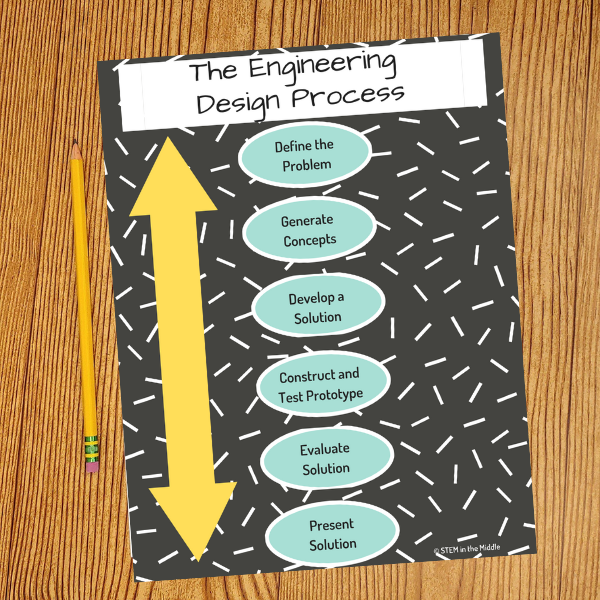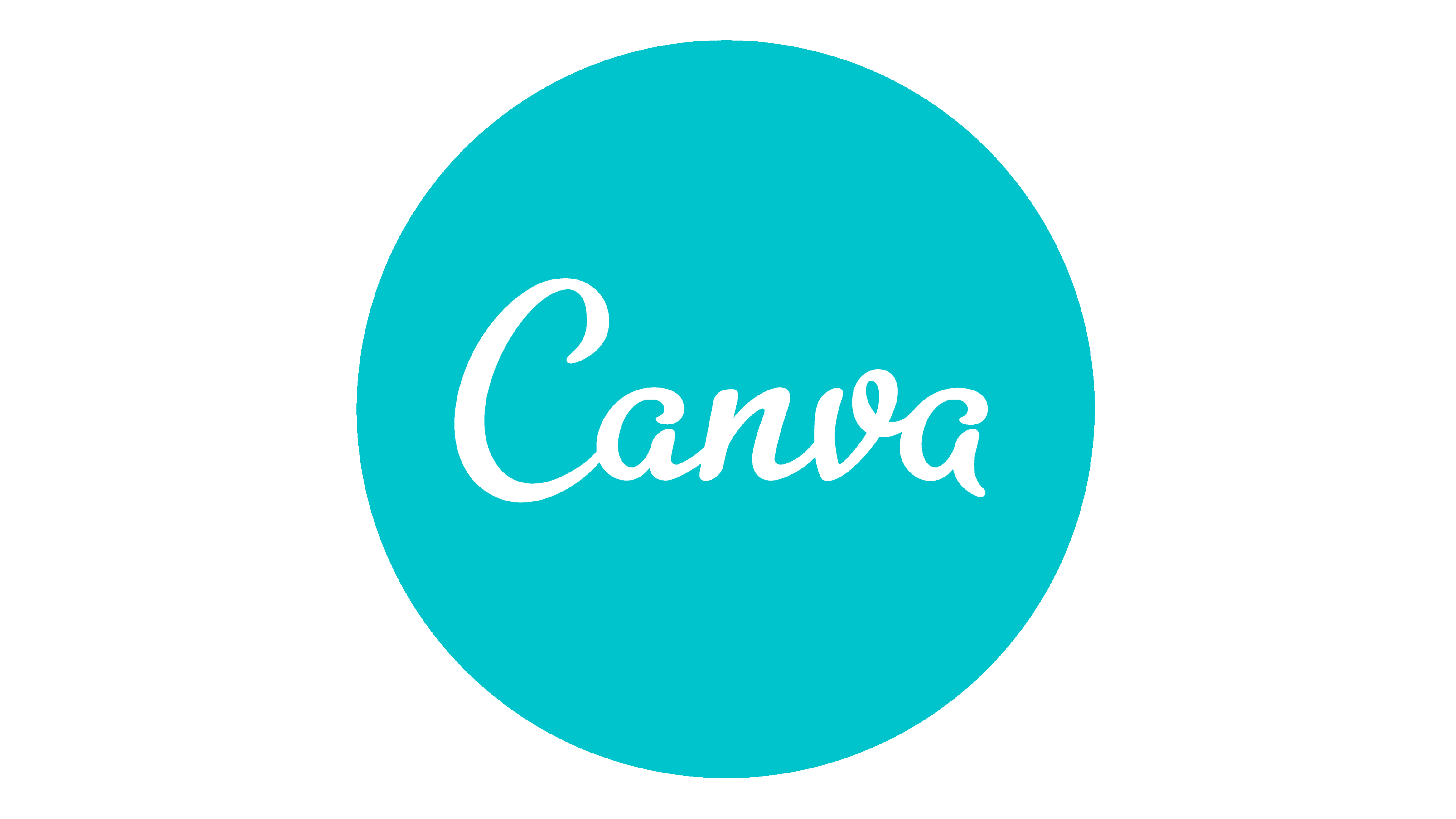Table Of Content

Practical skills will be developed through hands-on exercises covering the entire design process, from conceptualization and analysis to prototyping and evaluation. Additionally, participants will learn to leverage modern engineering tools and software to enhance both the creative and technical aspects of their projects. Retracing steps and going back to a previous decision is a common occurrence in the engineering design process. As new information is gathered or unforeseen challenges arise, engineers may realize that an earlier decision was not the best one. In such cases, it is important to reevaluate the decision, consider alternative options, and make a new decision based on the updated information. This process of reiteration and adjustment is a fundamental part of the design process, as it allows engineers to continually improve and refine their designs until they meet the desired specifications.
Develop a prototype
Student teams use the steps of the engineering design process to guide them through the initial conception, evaluation, testing and r... Students further their understanding of the engineering design process (EDP) while applying researched information on transportation technology, materials science and bioengineering. Students are given a fictional client statement (engineering challenge) and directed to follow the steps of the EDP t...
Developing a new gaming app
Engineering design is the process of creating a solution to a problem or need using engineering principles and techniques. It involves the systematic application of scientific and mathematical principles to design a product, system, or infrastructure that meets specific requirements and satisfies the needs of the user. This involves building a prototype and testing it to ensure that it meets the requirements of the project.

Make A Model Or Prototype
Students are introduced to the biomechanical characteristics of helmets, and are challenged to incorporate them into designs for helmets used for various applications. Students learn how to engineer a design for a polymer brush—a coating consisting of polymers that represents an antifouling polymer brush coating for a water filtration surface. Student pairs design and construct small, wind-powered sail cars using limited quantities of drinking straws, masking tape, paper and beads.
Afterward, the team evaluates the testing results and decides on any change in design. For example, if you decide to build a temperature sensor to measure human body temperature. Firstly you need to find the available technologies with the required accuracy to fulfill your customer requirements. Fasteners are designed to hold different parts in place, ensuring that whatever you are building remains intact during use. Use any feedback you get to tweak and improve your design until it’s the best it can be.
Engineering Design – Example Projects
Students design, build and test looping model roller coasters using foam pipe insulation tubing. They learn about potential and kinetic energy as they test and evaluate designs, addressing the task as if they are engineers. Student groups are challenged to program robots with color sensors to follow a black line.
Detailed Design
After deployment, it’s vital to conduct post-implementation reviews to assess the design’s overall success and gather lessons for future projects. Regular maintenance checks are also necessary to ensure sustained performance and longevity. To complete your project, communicate your results to others in a final report and/or a display board. Professional engineers always do the same, thoroughly documenting their solutions so that they can be manufactured and supported. We will keep adding more information on the steps in Engineering Design Process`.
It could be made of different materials than the final solution and may not be as polished. The point of this step is to create a solution you can test before you spend time creating the final product. Although this guide provides a comprehensive overview of mastering the engineering design process, continuous learning and skill enhancement are vital for achieving excellence. Here are some additional resources that can deepen your understanding and improve your practice. It is time to see If our prototype receives a positive evaluation based on the standards that we had set. If so, we are now ready to test its performance in real circumstances.
Developing Specifications
The engineering design process is a structured methodology for solving complex problems. Often used in various engineering disciplines, this framework ensures that all aspects of a project are thoroughly considered, offering a holistic solution. For both budding engineers and seasoned professionals, understanding and mastering the engineering design process is crucial for delivering successful projects. In this comprehensive guide, we’ll walk you through each stage of this process, shedding light on best practices, effective strategies, and tools. Students learn about the mathematical characteristics and reflective property of ellipses by building their own elliptical-shaped pool tables. After a slide presentation introduction to ellipses, student “engineering teams” follow the steps of the engineering design process to develop prototypes, wh...

During this extended activity (seven class periods), students are given a fictional client statement and required to follow the steps of the ... Working as if they were engineers, students design and construct model solar sails made of aluminum foil to move cardboard tube satellites through “space” on a string. Working in teams, they follow the engineering design thinking steps—ask, research, imagine, plan, create, test, improve—to design an... Students further their understanding of the engineering design process (EDP) while being introduced to assistive technology devices and biomedical engineering.
Being able to outline our specifications and requirements will avoid any step backs in the future stages of the engineering design process. Making a list on which we rank the project needs and must-haves can help determine the overall priority of each item. Firstly, the product designer finalizes temperature sensor specifications such as accuracy, size constraints, usability, and aesthetics. Afterward, engineers brainstorm multiple technologies to sense the temperature and select one or multiple solutions. The engineering design process involves various steps from problem definition to prototyping, testing, and evaluation.
Students perform research and design prosthetic prototypes for an animal to use for its survival. They then create habitats for their animals to live and model 3D prosthetics for the animals to use with modeling clay. A general interest in engineering and design, along with a basic understanding of mathematics and science.
Buckminster Fuller, spoke about this sense of dissatisfaction and the need to work backward in the event of not achieving your desired results. With that information in mind, return to earlier steps in the process to fix this outcome. Dyson CEO and engineer, James Dyson, understands the importance of the testing process.


No comments:
Post a Comment